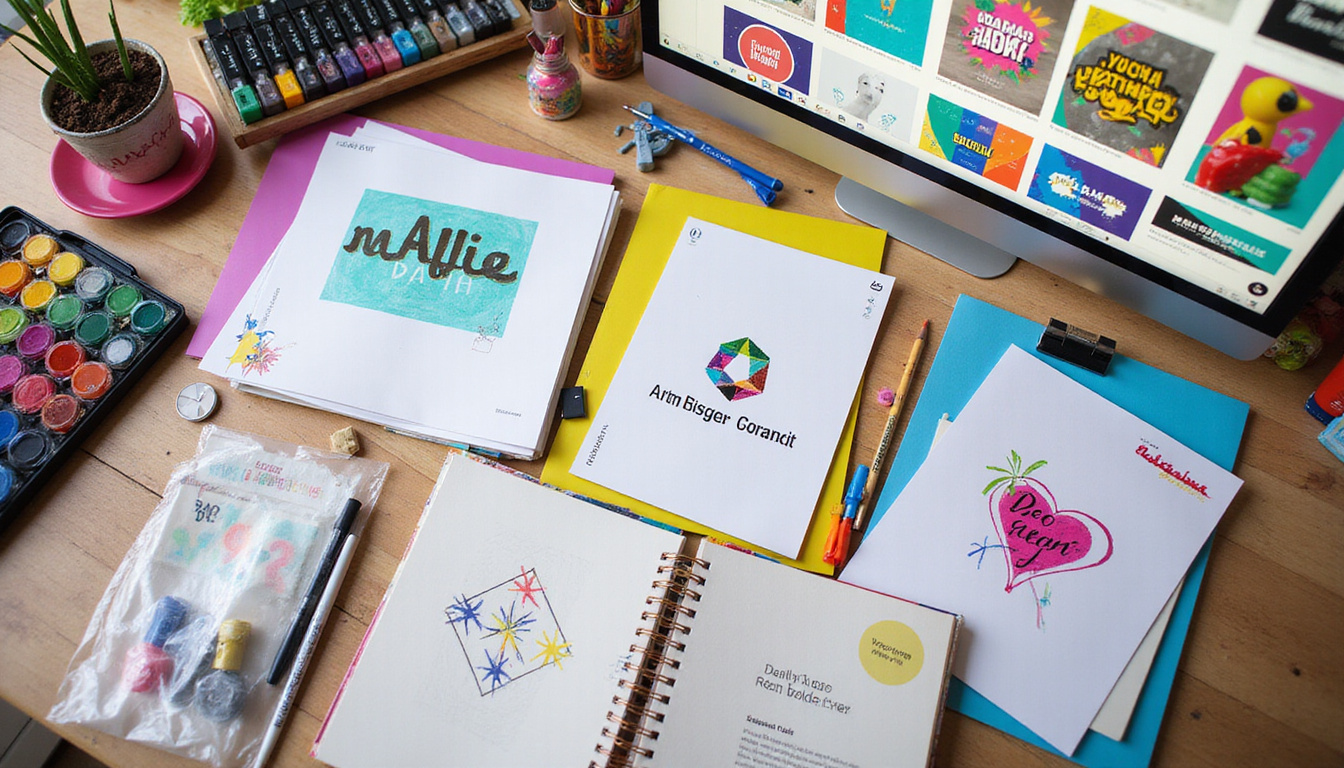In today’s digital age, providing exceptional customer service is essential for businesses of all sizes. One way to achieve this is by setting up AI chatbots, which can operate 24/7 to assist your customers. This DIY guide will walk you through the process of implementing AI chatbots for your business, even if you don’t have a technical background. From understanding the basics to choosing the right platform and designing conversational flows, this tutorial will ensure that you have all the necessary tools to enhance your customer support.


Designing Conversational Flows for Effective Communication
Designing conversational flows for effective communication is essential when creating AI chatbots for 24-7 customer support. In this DIY guide, we’ll walk you through the steps to set up your AI chatbot with ease. Step 1: Define Your Goals – Start by identifying what you want your chatbot to achieve. Is it handling inquiries, providing product recommendations, or assisting with order tracking? Clearly defined goals will streamline the conversational design process. Step 2: Know Your Audience – Understanding who will interact with your chatbot is vital. Think about their needs, preferences, and the common questions they might ask. Step 3: Map Out the Conversational Flow – Create a flowchart showing possible paths the conversation could take. Start from an initial greeting and branch out to various topics based on user responses. Step 4: Use Simple Language – Remember to keep language friendly and straightforward. Avoid technical jargon and ensure the chatbot’s tone matches your brand’s voice. Step 5: Anticipate User Intent – Think about the different ways users might phrase their questions. Include variations to help your chatbot recognize intents better. Step 6: Build in Responses – For each user input, prepare a thoughtful response. If a user asks about hours of operation, the bot should provide accurate information promptly. Step 7: Test the Flow – Before launching, test the chatbot with various user scenarios. Gather feedback to refine its responses and flows. Step 8: Monitor and Improve – After going live, regularly review conversation logs to identify any areas where users struggle. Continuously refine the chatbot’s conversational flow to enhance the user experience. Follow these steps, and you’ll be well on your way to designing a bot that effectively supports your customers round the clock!
Monitoring and Enhancing Chatbot Performance
In this DIY guide, we will walk you through the steps to set up AI chatbots for 24-7 customer support and how to monitor and enhance their performance. First, choose a chatbot platform that suits your needs, such as Chatfuel or ManyChat, which do not require coding skills. Sign up for an account, and select a template or create a bot from scratch, customizing options to reflect your brand’s voice. Next, configure your chatbot to respond to common customer queries by creating a flow of questions and answers. Test your chatbot in a controlled environment to ensure it works as intended. Once deployed, use analytics tools provided by the platform to monitor user interactions, identify frequently asked questions, and track response times. Regularly update your chatbot with new information and improvements based on customer feedback to enhance its performance and keep the information relevant and helpful. This proactive approach will ensure your chatbot remains an invaluable customer support resource.
Frequently Asked Questions
What is an AI chatbot and how can it benefit my business?
An AI chatbot is a software application that uses artificial intelligence to simulate human-like conversations with users. It can handle customer inquiries 24/7, providing instant responses and support, which can significantly improve customer satisfaction and reduce operational costs for your business.
How do I choose the right platform for setting up my AI chatbot?
When choosing a platform, consider factors such as ease of use, integration capabilities with existing systems, scalability, available features, and cost. Some popular platforms include Dialogflow, Chatfuel, and Microsoft Bot Framework.
What are the best practices for designing effective conversational flows?
To design effective conversational flows, start by defining the purpose of the chatbot, map out common user queries, and create a logical path for responses. Use simple language, include quick reply options, and constantly test and refine the flow based on user interactions.
How do I monitor and enhance the performance of my AI chatbot?
Monitor chatbot performance by analyzing metrics such as user engagement, response accuracy, and session duration. Gather user feedback regularly, implement improvements based on analytics, and update the chatbot’s database to handle new queries.
Is coding required to set up an AI chatbot?
Not necessarily. Many chatbot platforms provide user-friendly interfaces that allow you to create and customize chatbots without coding skills. However, some advanced features may require basic programming knowledge.
If you find yourself in need of help with this, please don’t hesitate to reach out and I’ll be happy to help.







Leave a Reply